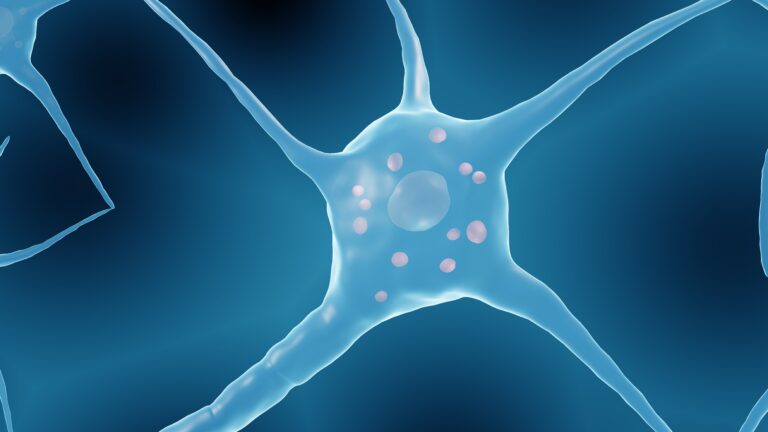### Investigating the Molecular Basis of Neuronal Excitability
Neurons, the building blocks of our brain, are incredibly dynamic and adaptable. They can change how they function and communicate with each other based on what we experience and learn. This ability to change and adapt is called neuronal excitability, and it’s crucial for learning, memory, and overall brain function. In this article, we’ll explore the molecular mechanisms that make this adaptability possible.
#### The Role of BDNF
One key player in neuronal excitability is a protein called brain-derived neurotrophic factor, or BDNF. BDNF helps strengthen the connections between neurons, a process called synaptic plasticity. When neurons are active, BDNF mRNA (the genetic material that carries the instructions for making BDNF) is transported to the synapses, the points where neurons connect. There, it is translated into BDNF protein, which then helps to build stronger connections between neurons[1].
#### The Importance of Cdk5
Another important molecule in neuronal excitability is cyclin-dependent kinase 5, or Cdk5. This enzyme helps regulate how neurons communicate with each other. In conditions like Huntington’s disease, where neurons start to degenerate, Cdk5’s activity can become disrupted. Research has shown that inhibiting Cdk5 can help restore the ability of neurons to form strong connections, which is crucial for learning and memory[1].
#### Arc/Arg3.1: A Key Player in Synaptic Plasticity
Arc/Arg3.1 is a protein that plays a central role in how neurons adapt to new information. When neurons are active, Arc/Arg3.1 is produced and helps to change the structure of the synapses. This protein forms oligomers, which are groups of molecules that work together to perform specific functions. These oligomers help regulate the movement of other proteins and the structure of the synapses, making it easier for neurons to learn and remember[1].
#### The Axon Initial Segment (AIS)
The axon initial segment (AIS) is a critical part of the neuron where action potentials are generated. The AIS is dynamic and can change its structure based on the activity of the neuron. Actin, a type of protein that provides structure to cells, plays a crucial role in this process. When neurons are stimulated, actin fibers in the AIS change, allowing the neuron to generate action potentials more efficiently. This dynamic structure is essential for maintaining neuronal excitability[1].
#### Mathematical Models of Neuronal Excitability
To understand how neurons work, scientists use mathematical models like the FitzHugh-Nagumo model. This model describes how action potentials are generated and how neurons recover between spikes. By analyzing these models mathematically and numerically, researchers can better understand the complex interactions within neurons and how they respond to different stimuli[2].
#### Synaptic Heterogeneity
Synaptic heterogeneity refers to the differences in how synapses function. In Drosophila (fruit flies), researchers have found that voltage-gated calcium channels (VGCCs) play a significant role in this heterogeneity. These channels help regulate the flow of calcium ions into the synapse, which is essential for synaptic plasticity. The study of VGCCs in Drosophila provides insights into how synaptic heterogeneity contributes to learning and memory[3].
In summary, the molecular basis of neuronal excitability involves a complex interplay of proteins like BDNF, Cdk5, and Arc/Arg3.1, as well as dynamic structures like the axon initial segment. These mechanisms allow neurons to adapt and change based on experience, which is fundamental for learning and memory. By understanding these processes, scientists can develop new treatments for neurological disorders and improve our understanding of how the brain works.





